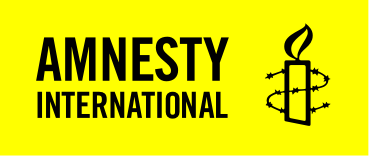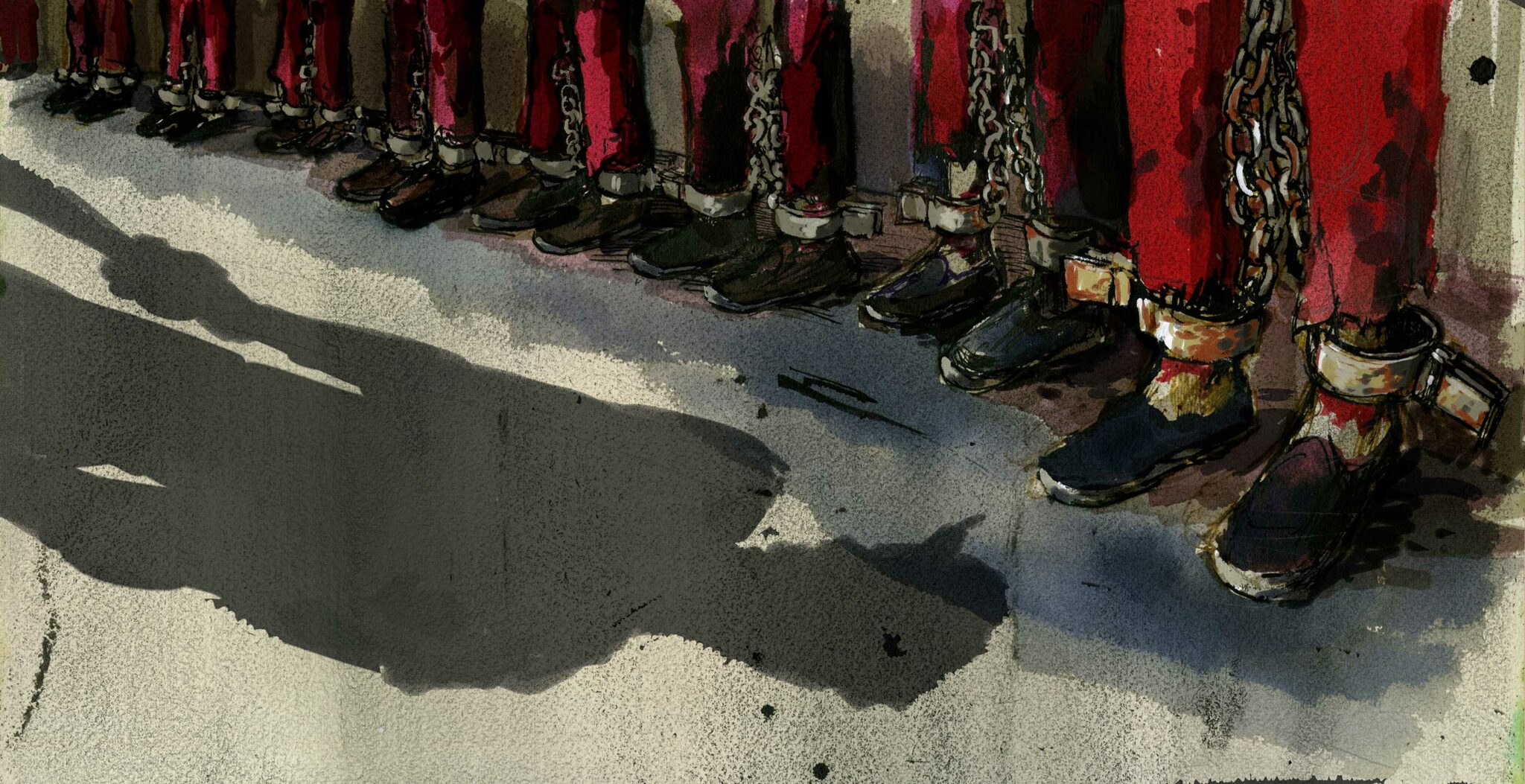Medical examinations and biometric data collection
Before being sent to a camp, nearly all detainees were subjected to a medical examination. Bakyt, a former detainee who worked at a hospital where some people were examined before they were sent to the camps, witnessed large numbers of detainees being brought to the hospital, as well as part of the medical examination process.
In [the city I lived in] there were four hospitals – infection, military, traditional, and regular. In 2017 they all started being used for people sent to re-education camps… At first it was Uyghurs and Hui. They were everyday people, but police treated them as serious criminals. There were six guards per person [brought for a medical examination]. Their eyes were covered, [their heads] hooded, and their hands were cuffed [when they arrived at the hospital]. The whole medical examination was top secret… [The staff at the hospital] had to make sure they were healthy. [The staff] had to draw their blood to make sure they were healthy… They were all young. I was there helping with [redacted]… The targets were young graduates. [At the time, at the hospital I worked at it was] mainly Huis who studied [abroad]. [[[Amnesty International interview; Alison Killing and Megha Rajagopalan, BuzzFeed News, What They Saw: Ex-Prisoners Detail The Horrors of China’s Detention Camps, 27 August 2020 →]]]
Nearly all former detainees told Amnesty International that in addition to undergoing medical exams they were required to allow government officials to collect their biometric data. This almost always included multiple photographs, fingerprints, an iris scan, a voice recording, and a writing sample. Biometric data was often collected at police stations. Former detainees said blood samples were taken. “Then we went to a police station for what I think was a DNA [sample]… They took our blood, spread it on something, and put it in a plastic wrap,” Bakyt told Amnesty when describing what happened after being detained. [[[Amnesty International interviews.]]]
These reports of health checks and biometric data collection are consistent with other former detainee accounts reported elsewhere and with reports of widespread campaigns for biometric data collection from all people in Xinjiang, not just those sent to the camps. [[[Human Rights Watch, China: Minority Region Collects DNA from Millions – Private Information Gathered by Police, Under Guise of Public Health Program →; New York Times, China Uses DNA to Track Its People, With the Help of American Expertise, 21 February 2019 →]]]
After undergoing a medical exam and having their biometric data collected, nearly all detainees were taken to internment camps. Nearly all were handcuffed while being transferred to the camps. Many were hooded and shackled. [[[Amnesty International interviews.]]] “You can’t see through the hood. You can’t see where you are… I was terrified about where I was being taken,” Elnara said. [[[Amnesty International interviews.]]]
Many were driven to the camps in vans or buses with large numbers of detainees. [[[Amnesty International interviews.]]] Khaina, who was sent to a camp for visiting Kazakhstan, told Amnesty about being transferred to the facility: “They came in the morning. The police entered our cell [in the police station]. They put a black hood [on me]. Handcuffed me. And dragged me to the bus. And then took us to the camp,” she said. [[[Amnesty International interviews.]]] Zeynepgul, an older woman who believes she was detained for praying, told Amnesty she was taken from a police station in the middle of the night, handcuffed to another woman, put into a truck with about 20 other detainees from her village, and then driven to a camp. [[[Amnesty International interviews.]]]



